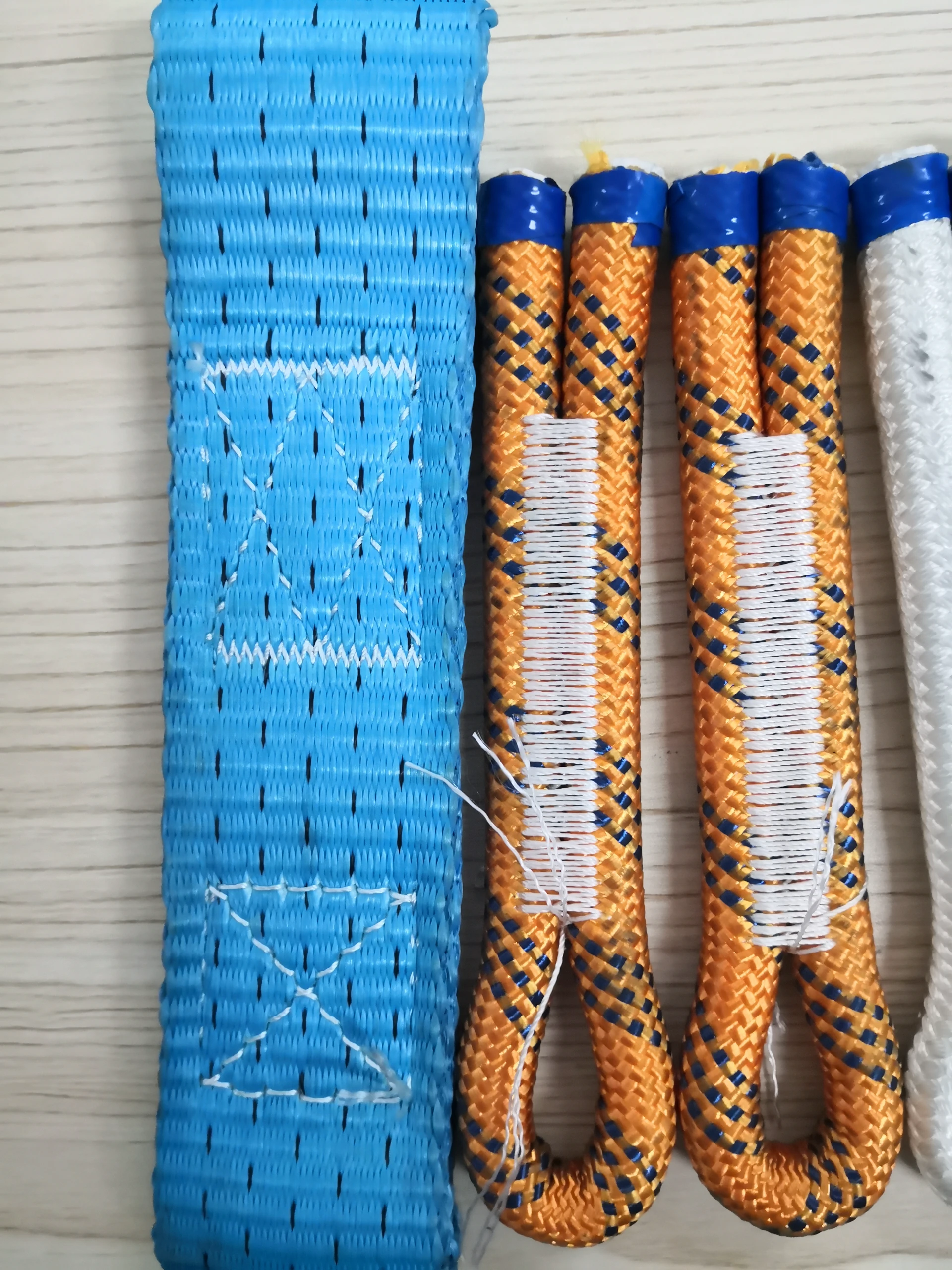saddlery sewing machine
The Art of Saddlery Understanding Saddlery Sewing Machines
Saddlery, the craft of designing and creating equestrian goods, has a rich history intertwined with the development of sewing techniques and machinery. At the heart of this trade lies the saddlery sewing machine—a specialized tool that plays a crucial role in the construction and repair of saddles, harnesses, and other leather products. As technology has evolved, so too has the saddlery sewing machine, enhancing both the efficiency and quality of craftsmanship in the equestrian world.
The Importance of Saddlery Sewing Machines
Saddlery sewing machines are specifically designed to handle the unique demands of sewing thick leather and heavy materials. Unlike standard sewing machines, these machines boast robust construction and specialized features tailored to stitching multiple layers of tough fabric. The machines come equipped with industrial-grade motors and heavy-duty needles, allowing artisans to sew with precision and strength.
One of the primary advantages of using a saddlery sewing machine is its ability to accommodate different stitch types and patterns. Artisans can choose from various stitches, including straight, zigzag, and decorative stitches. This flexibility enables saddlers to create both functional and aesthetically pleasing products that appeal to both equestrians and collectors alike.
Features of Saddlery Sewing Machines
Modern saddlery sewing machines are equipped with several advanced features. For instance, many models include walking foot mechanisms, which ensure that all layers of material move evenly during the sewing process. This is especially important when working with heavy leather, as it prevents the material from shifting, ensuring consistent stitch quality.
saddlery sewing machine

Additionally, some saddlery machines provide adjustable speed controls, allowing artisans to work at their preferred pace. This feature is particularly beneficial for intricate designs that require detailed work, as it gives craftspeople the ability to take their time and execute complex patterns with care.
Another crucial aspect of these machines is their ability to sew in tight spaces. Saddlers often need to navigate around corners, curves, and other challenging areas of a saddle or harness. Many saddlery sewing machines come with specialized feet and attachments that make it easier to maneuver in these tricky spots, ensuring that artisans can produce high-quality work without compromising on aesthetics or functionality.
The Role of Technology in Modern Saddlery
The integration of technology into saddlery sewing machines has revolutionized the craft. Computerized models are now available, offering features such as programmable stitch sequences and automatic tension adjustments. These innovations not only streamline the sewing process but also reduce the risk of errors, allowing artisans to focus more on creativity and design.
Despite the advancements in technology, traditional craftsmanship remains at the forefront of saddlery. Many artisans still prefer to combine modern machines with hand-sewing techniques, particularly for intricate details and finishing touches. This blend of technology and tradition results in products that are not only functional but also imbued with a sense of artistry and individuality.
Conclusion
Saddlery sewing machines are invaluable tools that bridge the gap between tradition and innovation in the equestrian industry. As artisans continue to push the boundaries of design and functionality, these machines will remain essential in crafting high-quality, durable, and aesthetically pleasing equestrian goods. Whether for a professional saddler or a hobbyist, understanding the features and capabilities of these machines can enhance the quality of work and foster a deeper appreciation for the craftsmanship involved in saddlery. In the hands of skilled artisans, the saddlery sewing machine transforms simple pieces of leather into beautiful and functional works of art, ensuring that the tradition of saddlery will continue to thrive for generations to come.
-
Leather Sewing Machine: The Industrial Standard for Tough MaterialsNewsJul.18,2025
-
Sail Making Machine: Heavy-Duty Stitching for Industrial and Marine NeedsNewsJul.18,2025
-
Sling Sewing Machine: The Backbone of Heavy-Duty FabricationNewsJul.18,2025
-
Leather Sewing Machine: Precision for Heavy-Duty StitchingNewsJul.18,2025
-
Big Bag Sewing Machine: Powering the Future of Bulk PackagingNewsJul.18,2025
-
FIBC Sewing Machine: Essential Equipment for Bulk Bag ProductionNewsJul.18,2025
-
Heavy Duty Leather Sewing Machine: A Must-Have for Professional LeatherworkNewsMay.28,2025





























